Often misunderstood to be easy work, translating literature is a herculean task that requires a fine balance that enables unheard voices and perspectives to be received by a global audience, while simultaneously staying true to the culture that gives birth to the voice in question. Not only does translation help widen the borders of readability, but it also allows ‘local‘ questions to take on global phenomena.
In the context of India, for example, the question of caste, coloniality, and religion becomes paramount to understanding the socio-political fabric of the country and its conception. In translating works that are born from unique cultural and material foundations only well understood in the region it is conceived, navigating the politics of legibility is a central question of translation.
A well-translated work therefore allows cultural differences to flourish, rather than be completely understood and made legible to a Western, English-speaking audience. In other words, then, translation is an exercise that allows cultural differences to be celebrated rather than suppressed.
Since 2014, the entire month of August is celebrated as Women in Translation Month, where online (and often offline) communities from all around the world spend the month attempting to read literature produced by women in languages other than English. Initiated by blogger Meytal Radzinski, and inspired by the observations made by translator Alison Anderson, WITMonth began as a response to the severe dearth of female authors whose work is translated to meet the global context. Less than 26 per cent of translations into English are originally authored by women, and many then come to be translated by men.
A well-translated work therefore allows cultural differences to flourish, rather than be completely understood and made legible to a Western, English-speaking audience. In other words, then, translation is an exercise that allows cultural differences to be celebrated rather than suppressed.
Women in Translation was born as an attempt to understand exactly what gives rise to this gendered disparity in the publishing industry to recommend solutions to this problem and widen the platform available to women in translation.
This August, which marks the 9th official Women in Translation Month, FII curates a list of 6 Indian Women in Translation that every literature enthusiast must add to their TBR as soon as possible:
1. Breast Stories by Mahasweta Devi
Breast Stories is a collection of short fictional writing that allows a reader to think about the symbol of the breast as indicative of more than just the traditional contexts of plenitude, eroticism, or motherhood. Ranging a multitude of settings and themes, the collection asks its reader to question the role of the breast in society, thereby presenting the breast as a stark condemnation of an exploitative societal structure and a tool for defiance.
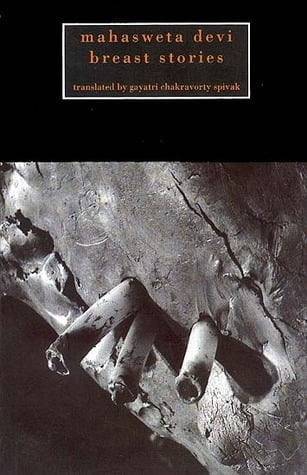
Mahasweta Devi’s incisive prose unveils the covered breast in exposing the vicious system of language that allows for violence to breed against women.
Translator: The collection is translated from Bengali to English by Columbia University professor and literary theorist, Gayatri Chakravorty Spivak.
2. Tomb of Sand by Geetanjali Shree
Winner of the 2022 International Booker Prize, Tomb of Sand or Ret Samadhi follows the intergenerational story of Ma, who has recently lost her husband together with her sense of self, and her ‘progressive‘ writer daughter Beti, who is left to deal with the aftermath of it all. Enwrapped in a heavy sense of despair and even heavier layers of blankets, Maa slowly breaks free from her cocoon revitalized with an old memory from her childhood.
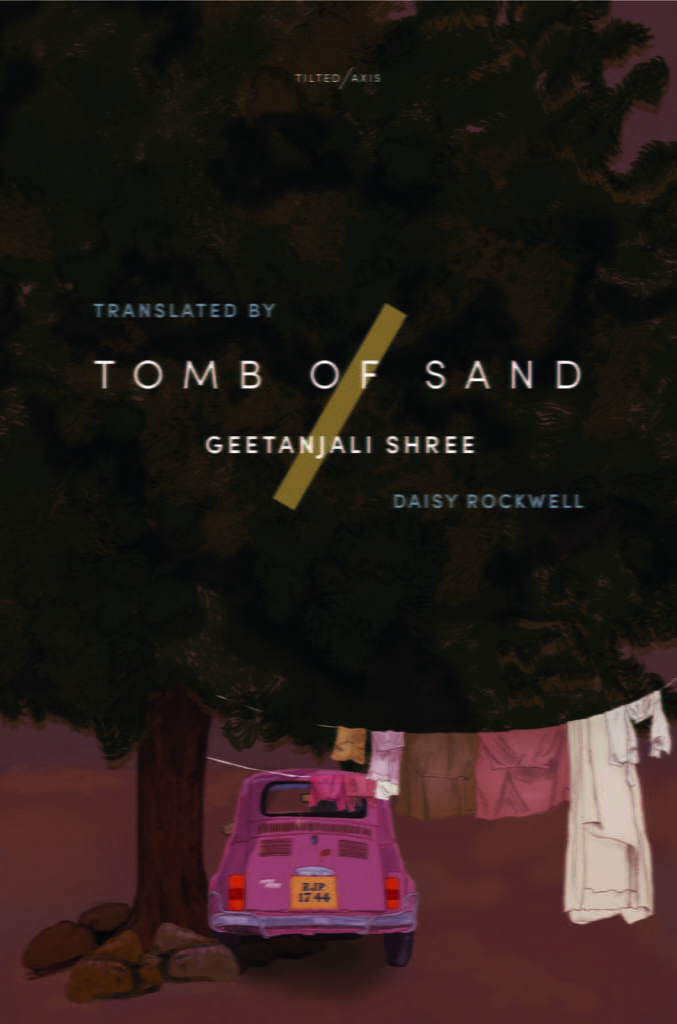
A visit to her ancestral home proves necessary and much to Beti’s chagrin, this much-coveted memorial space once upon a time lay in pre-Partition Pakistan. As the mother-daughter duo makes the trip across borders, they are simultaneously posed with questions that force them to re-evaluate what it means to be a mother, a daughter, a woman, a survivor.
Translator: The 300-paged Hindi version is translated by American translator Daisy Rockwell to an astounding 700-paged version in English.
3. Motherwit by Urmila Pawar
A collection of fourteen stories, Motherwit is an intimate exploration of the daily battles of existence for Dalit women in the face of multiple oppressive systems. Embracing her own intersectional identity as Dalit, Buddhist, and feminist, Urmila Pawar weaves personal narrative with social commentary to unearth the politics of resilience, struggle, and ‘implicit‘ wisdom of Dalit women who are often marginalised and silenced on two counts: patriarchy and the caste system.
Rooted in relatability, these stories illuminate the tapestry of female fortitude, thoughtfully mirroring their shared experiences and casting a quiet but profound spotlight on their collective strength. Pawar’s empathetic storytelling thus successfully challenges prevailing norms, shedding light on the intersection of caste, gender, and identity.

Translator: Originally written in Marathi, the collection is translated into English by Veena Deo, Professor of English at Hamline University, Minnesota.
4. ‘Father May Be An Elephant And Mother Only A Small Basket, But’ by Gogu Shyamala
Set in the Magida settlement of a village in Telangana, Gogu Shyamala writes a collection of stories that explore multiple themes including caste, marriage, education, and resilience. With a narrative style reminiscent of oral traditions of story-telling and rife with metaphors and phrases directly translated into English from their original Telgu versions, the collection of stories comes across as honest and almost autobiographical, with Shyamal having spent much of her life in a similar Magida settlement in a similar village. These narratives vividly depict the daily lives of underprivileged communities: outsiders who are not permitted to usually have their voices heard.
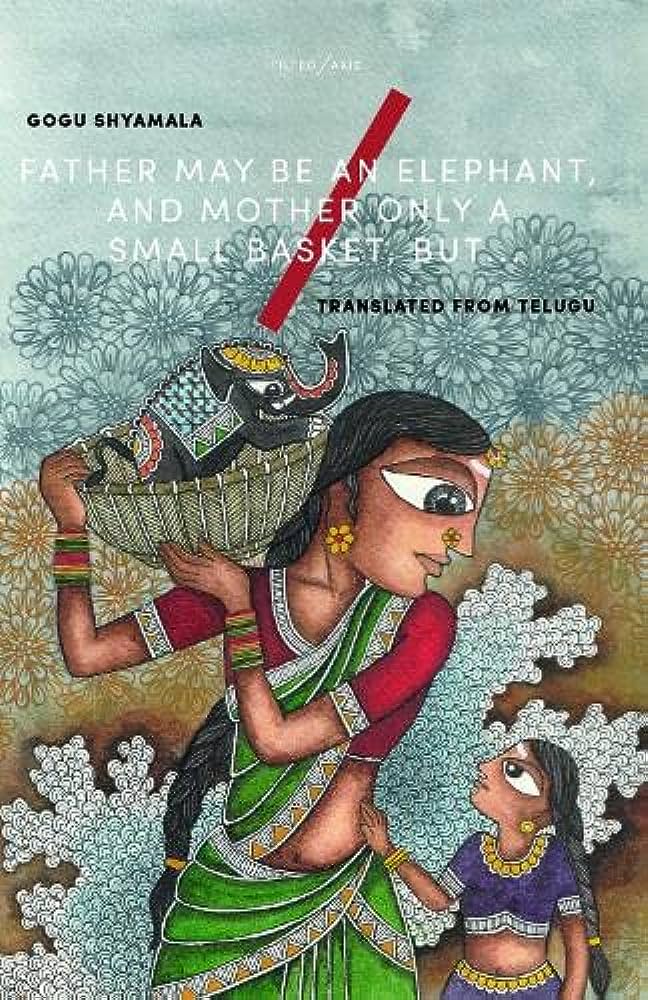
While the caste system is embraced as an unassailable reality in the stories, even the mere hypothetical suggestion of a cross-caste union sparks near-chaos. The mere existence of this book then becomes an ultimate (and powerful) act of rebellion, capable of spiralling into revolution.
Translators: The collection of stories is translated under a group effort including, Diia Rajan, Gita Ramaswamy, Uma Bhrugubanda, Shashi Kumar, and others, adept at retaining the oral touch Shymala so carefully creates.
5. The Quilt and other stories by Ismat Chugtai
Although exceptionally well-known in contemporary South Asia today, Ismat Chugtai is perhaps best known for Lihaaf, made popular not just by prolific writing and bold themes, but by the larger scandal that begged Chugtai to defend her work in court against obscenity charges. The narrator of this story, a precocious nine-year-old child, is sent to visit an aunt. This aunt, ignored by a husband whose only interest seems to lie in entertaining slim-waisted young boys, suffers from a relentless bodily itch, an itch, her niece discovers, no doctor can cure and only her maidservant can relieve.

Chugtai’s honest voice conceals nothing inasmuch as everything, and perhaps that becomes the biggest threat of it all— in claiming to know what Chugtai implies, the reader too becomes culpable in her so-called obscenity. In skillfully written prose then, Chugtai is unrelenting in her observations about the silent lives of women and the shifting tensions of pre-Partition India.

Translators: The collection of stories originally written by Chugtai in Urdu, are masterfully translated by NYU lecturer Tahira Naqvi and Indian social activist Syeda S. Hameed.
6. Fence by Ila Arab Mehta
In this compelling narrative, Mehta allows her protagonist Fateema Lokhandwala to dream big: as her father toils away as the local scrap dealer and her brother veers off into violent jihadist paths, Fateema dreams of education, her own house, and life beyond poverty and illiteracy. Set in the backdrop of the tumultuous events during the Partition of India, the novel follows the lives of characters who find themselves on either side of a newly drawn border.
As the physical partition takes place, the characters grapple with emotional and psychological divisions that reflect the larger societal rupture. Mehta skillfully weaves together the experiences of individuals, families, and communities, showcasing the impact of political decisions on personal relationships and identities. Through evocative storytelling, “Fence” delves into the complexities of belonging, displacement, and the enduring human spirit in the face of upheaval.
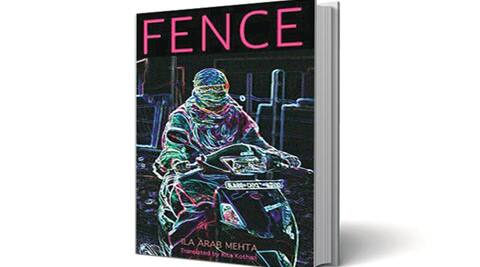
Translator: Originally written in Gujarati, the novel is translated into English by Rita Kothari, Professor of English at Ashoka University and the co-director of the Ashoka Centre for Translation.
About the author(s)
Ananya is a 20-year-old student at Ashoka University, in love with all things literature. She makes great decisions when it comes to movie nights but with life? Not so much.





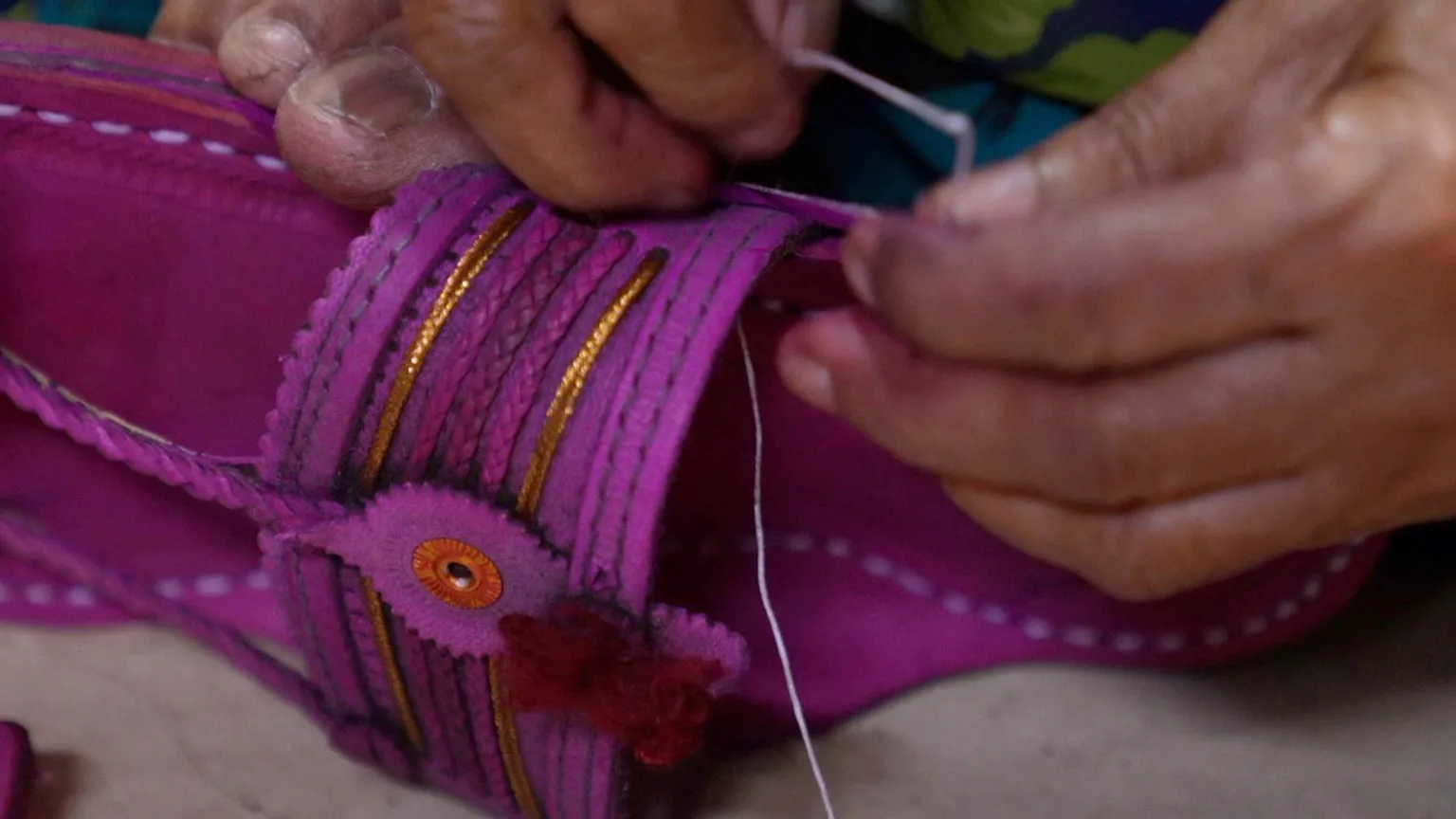

Very well researched article.It left me wondering which book to begin from.